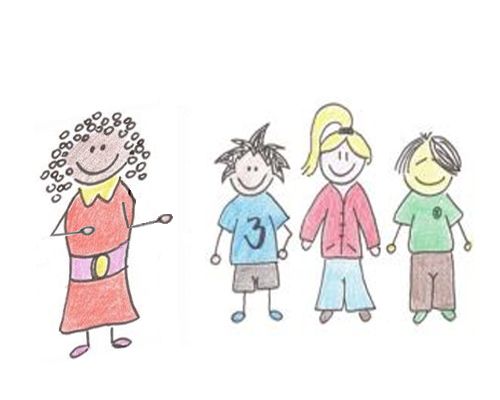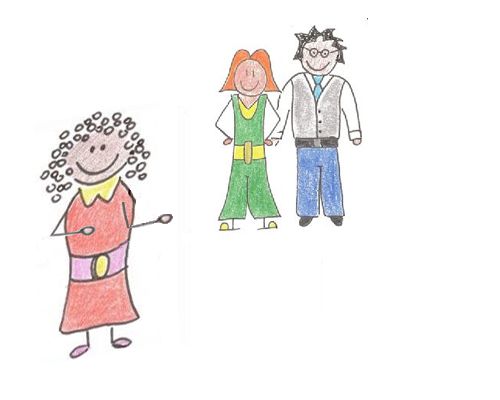In the house
Completion requirements
2. Grammar - Possessive determiners
📝 Rule:
Possessive determiners tell you, who something belongs to. There is a noun behind the possessive determiner.
Possesivpronomen zeigen an, wem etwas gehört. Nach einem Possesivpronomen steht ein Substantiv.
💡 Form:
| personal pronoun | possessive determiner | German | in context | notes | |
|---|---|---|---|---|---|
| singular | |||||
| I | my | mein | My name is Joyce. | Write something that helps you to learn. |
|
 |
you | your | dein | Your name is Akira. | |
 |
he | his | sein | His name is Noah. | |
 |
she | her | ihr | Her name is Nina. | |
 |
it | its | sein | Its name is Rocky. | |
| plural | |||||
 |
we | our | unser | Our school is Adderbury High School. | |
 |
you | your | euer | Your T-shirts are nice. | |
 |
they | their | ihr | Noah is their son. | |
⚠️ Beachte, auf deutsch werden die Possesivpronomen an das Substantiv angepasst, z. B.
(der) Name: Mein Name ist Joyce.
(die) Tasche: Meine Tasche ist schön.
